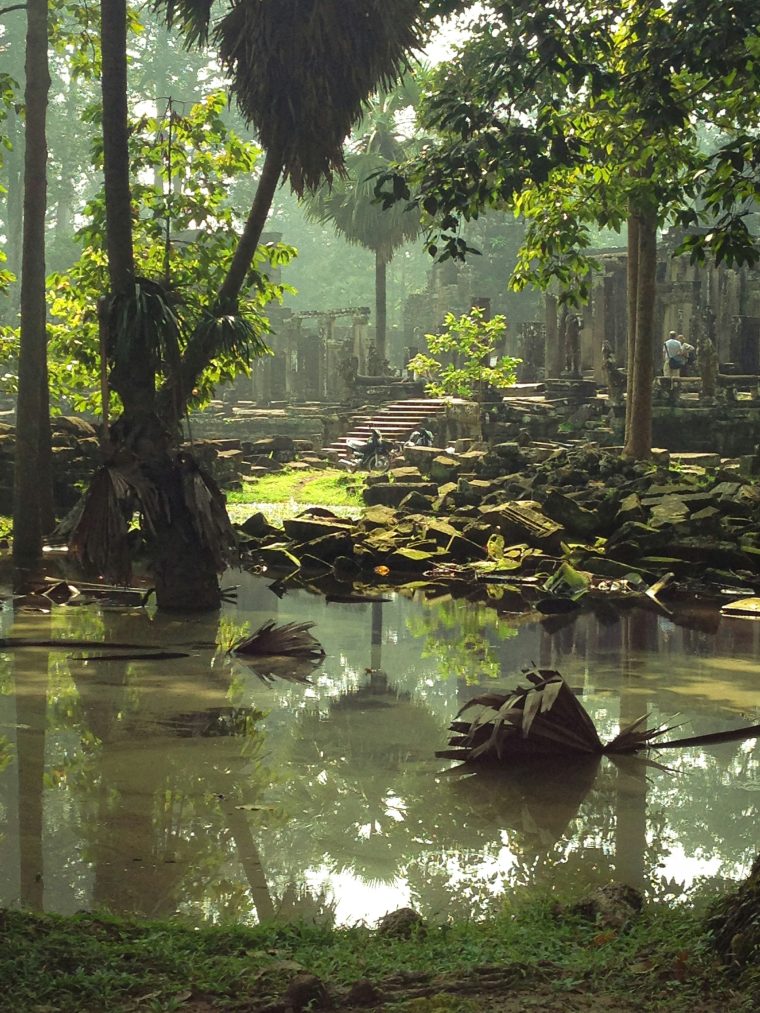The iconic temple complex nestled in the heart of Cambodia, Angkor Wat, is not just a symbol of the country’s rich history, but also one of the most impressive archaeological sites in the world. This “lost city” was once the center of the Khmer Empire. For travelers, exploring Angkor Wat is like stepping into a different era, one filled with mystery, wonder, and ancient stories. A visit to Angkor Wat is a must when traveling to Southeast Asia.
A Glimpse into the History of Angkor Wat
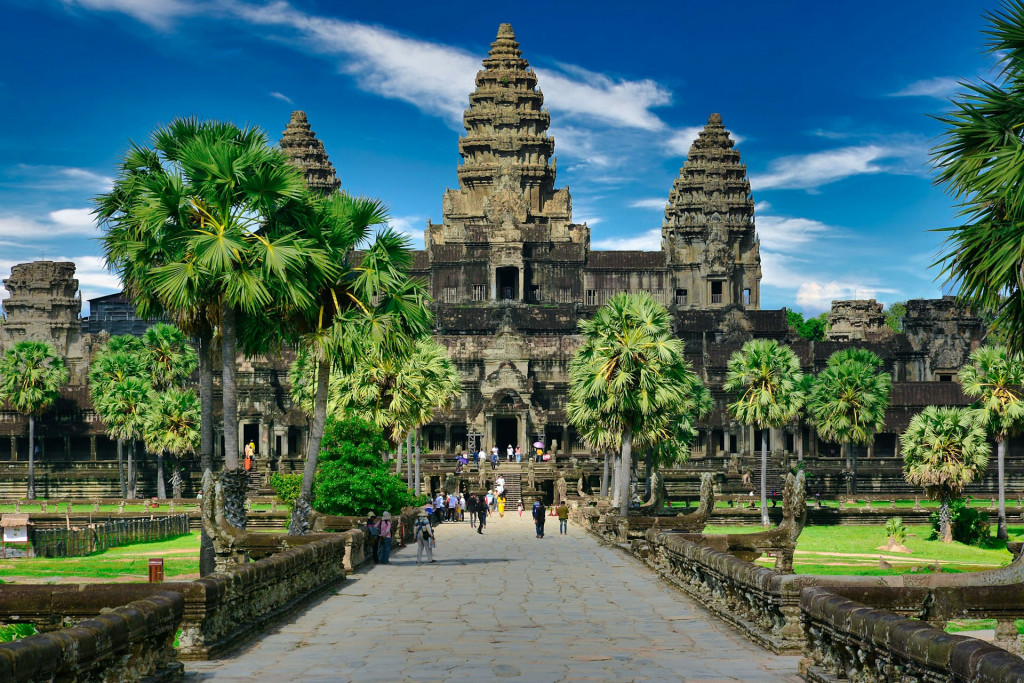
Photo by allPhoto Bangkok on Unsplash
Before diving into what makes Angkor Wat so mesmerizing, it’s essential to understand its historical context. Originally built in the early 12th century by King Suryavarman II, The temple was initially dedicated to the Hindu God Vishnu. The temple served not only as a religious center but also as a political and cultural symbol of the Khmer Empire’s power. Over the centuries, as Buddhism gained prominence in the region, Angkor Wat gradually transformed into a Buddhist temple. Today, it remains an active site for Buddhist worship.
What sets Angkor Wat apart from other temples around the world is its sheer size. Covering over 160 hectares, it is the largest religious monument globally. The complex consists of a central temple structure surrounded by moats, walls, and vast courtyards. Its distinctive five towers rise majestically above the landscape, drawing visitors from all corners of the world. The towers are said to represent the five peaks of Mount Meru in Hindu cosmology,
The Architectural Marvels of Angkor Wat
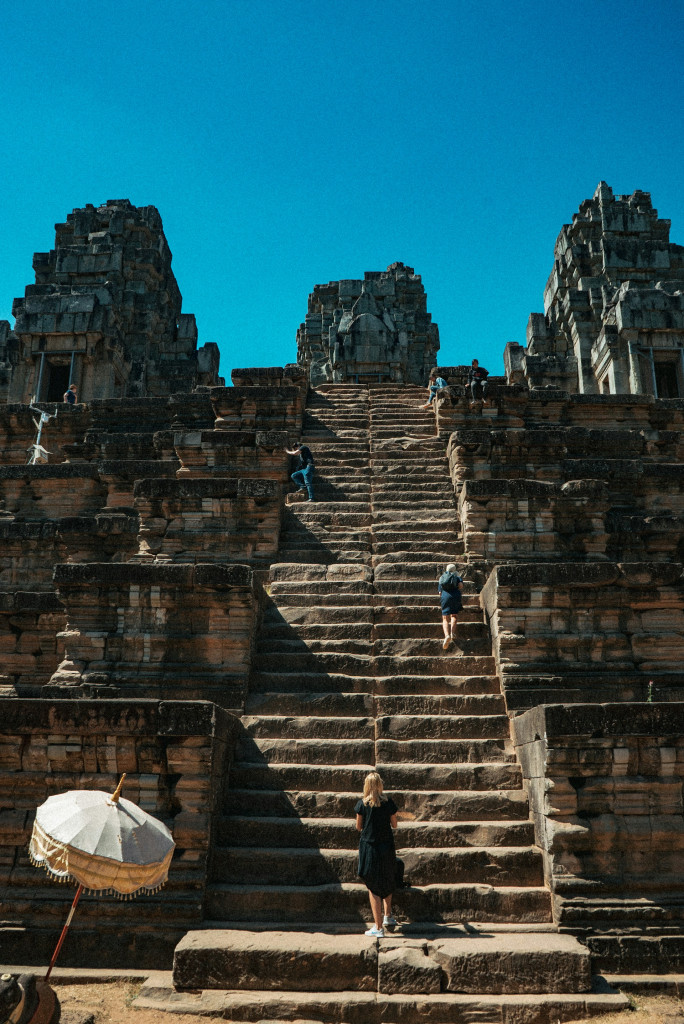
Photo by Daniel Bernard on Unsplash
One of the primary reasons travelers visiting Angkor Wat is its incredible architecture. The level of detail in the temple’s design is staggering. Every corner adorned with carvings that depict scenes from Hindu mythology, daily life during the Khmer Empire, and historical battles. As you wander through the temple’s corridors, you’ll come across bas-reliefs. The bas-reliefs tell the story of the Ramayana and Mahabharata, two of India’s most epic tales.
You might like: Top Destinations for Spa and Wellness Vacations in Asia
Sunrise at Angkor Wat: A Spiritual Experience
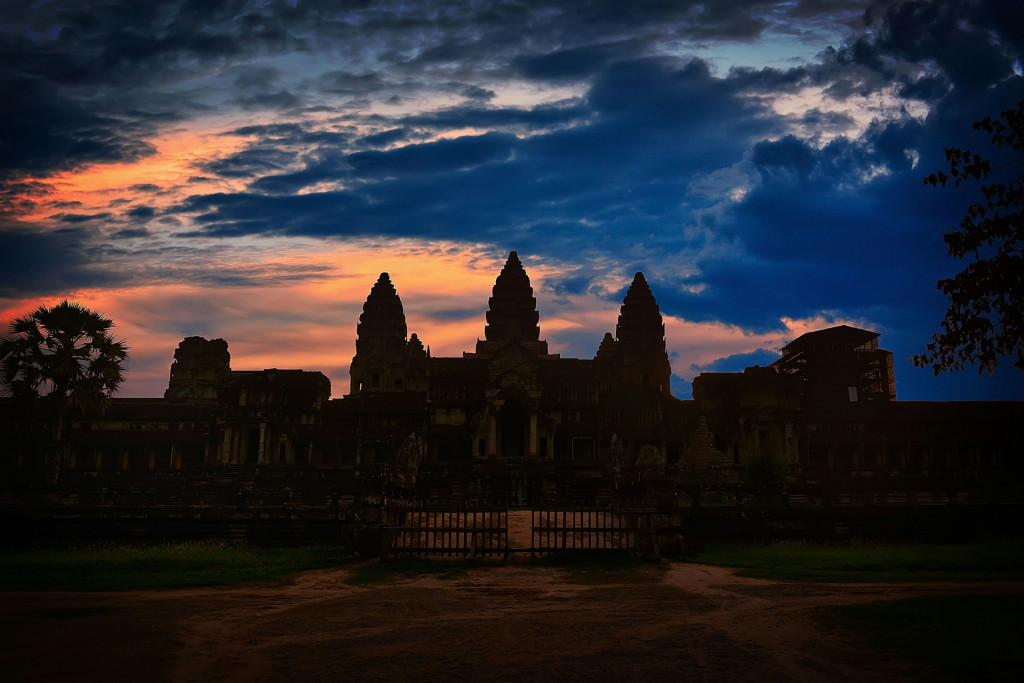
Photo by allPhoto Bangkok on Unsplash
One of the most sought-after experiences when visiting Angkor Wat is witnessing the sunrise over the temple’s iconic towers. The sight of the sun slowly rising behind the spires, casting a golden glow over the temple’s reflection in the surrounding moat, is truly magical. Many visitors arrive at the temple before dawn to secure a good viewing spot.
Exploring the Angkor Archaeological Park
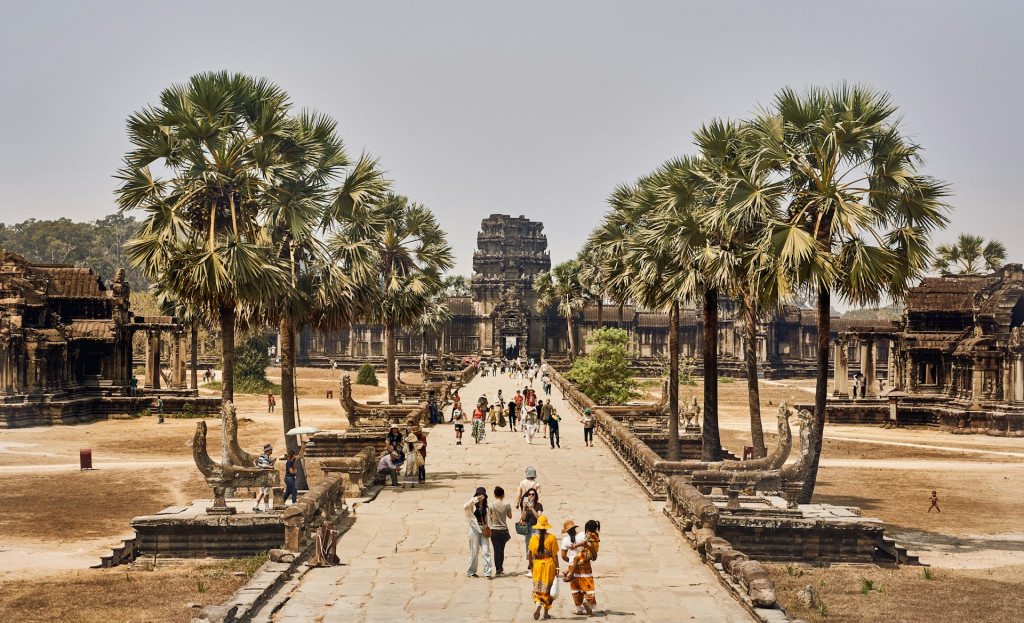
Photo by Norbert Braun on Unsplash
While Angkor Wat is the crown jewel of Cambodia’s Angkor Archaeological Park, the entire area is filled with other temples and ruins that are equally fascinating. The park, which spans over 400 square kilometers, contains dozens of temple complexes, each with its unique character and history. Some of the other must-visit sites include:
– Bayon Temple. Famous for its 54 towers adorned with over 200 serene stone faces, Bayon is one of the most iconic temples in the Angkor complex. The faces are believed to represent either King Jayavarman VII or the Bodhisattva of Compassion.
– Ta Prohm. Known as the “Tomb Raider” temple after its appearance in the film starring Angelina Jolie, Ta Prohm is a temple where nature and architecture intertwine. The massive tree roots that have overtaken the stone ruins create a surreal and photogenic atmosphere.
– Banteay Srei. Often referred to as the “jewel of Khmer art,” Banteay Srei is a smaller temple, but its detailed carvings and pink sandstone make it stand out.
Exploring the entire Angkor Archaeological Park can take days. So many visitors opt to hire a local guide or take a tuk-tuk to navigate the area more efficiently. A guide can also provide fascinating insights into the history and mythology behind the various temples, making the experience more enriching.
Preserving Angkor Wat for Future Generations
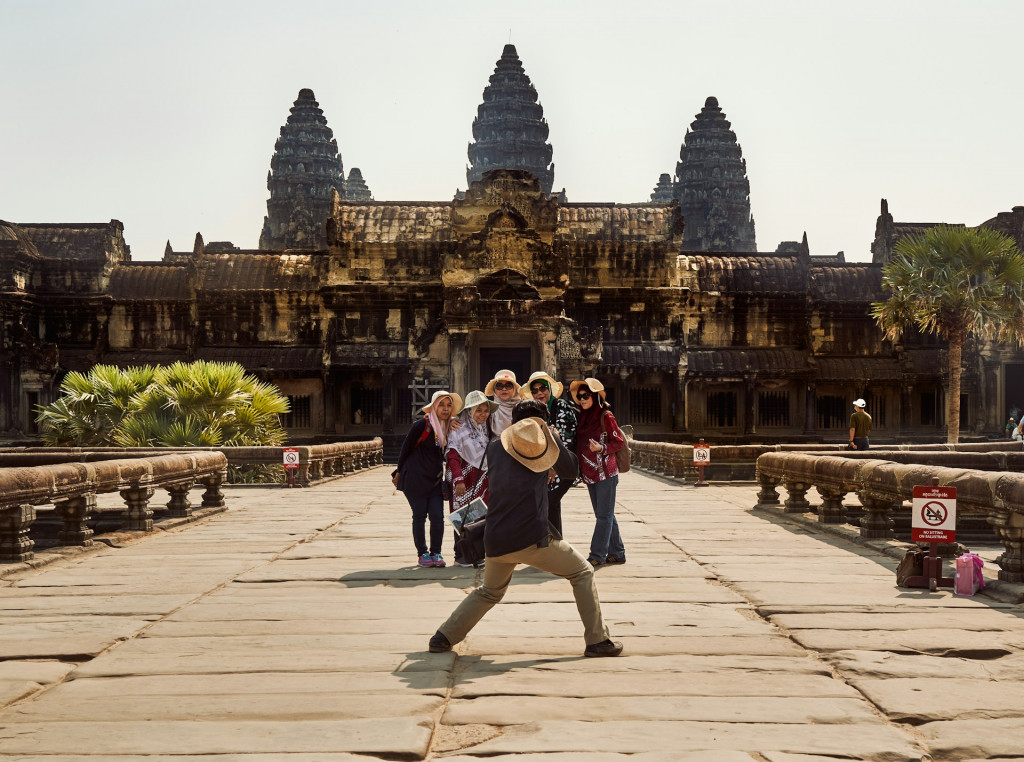
Photo by Norbert Braun on Unsplash
As one of the most visited tourist destinations in the world, Angkor Wat faces challenges in terms of preservation. The influx of visitors, combined with natural factors like weathering and erosion, has led to concerns about the temple’s long-term sustainability. The Cambodian government, UNESCO, and international organizations are eager to protect and preserve the temple for future generations.
Conclusion: A Journey Through Time
From the grandeur of its architecture to the spiritual significance that permeates its walls, Angkor Wat offers a glimpse into a lost world that once thrived in the jungles of Cambodia. The temple will leave you with memories and stories that last a lifetime. For those seeking a deeper understanding of history, culture, and spirituality, there’s no better place to explore than Angkor Wat.

